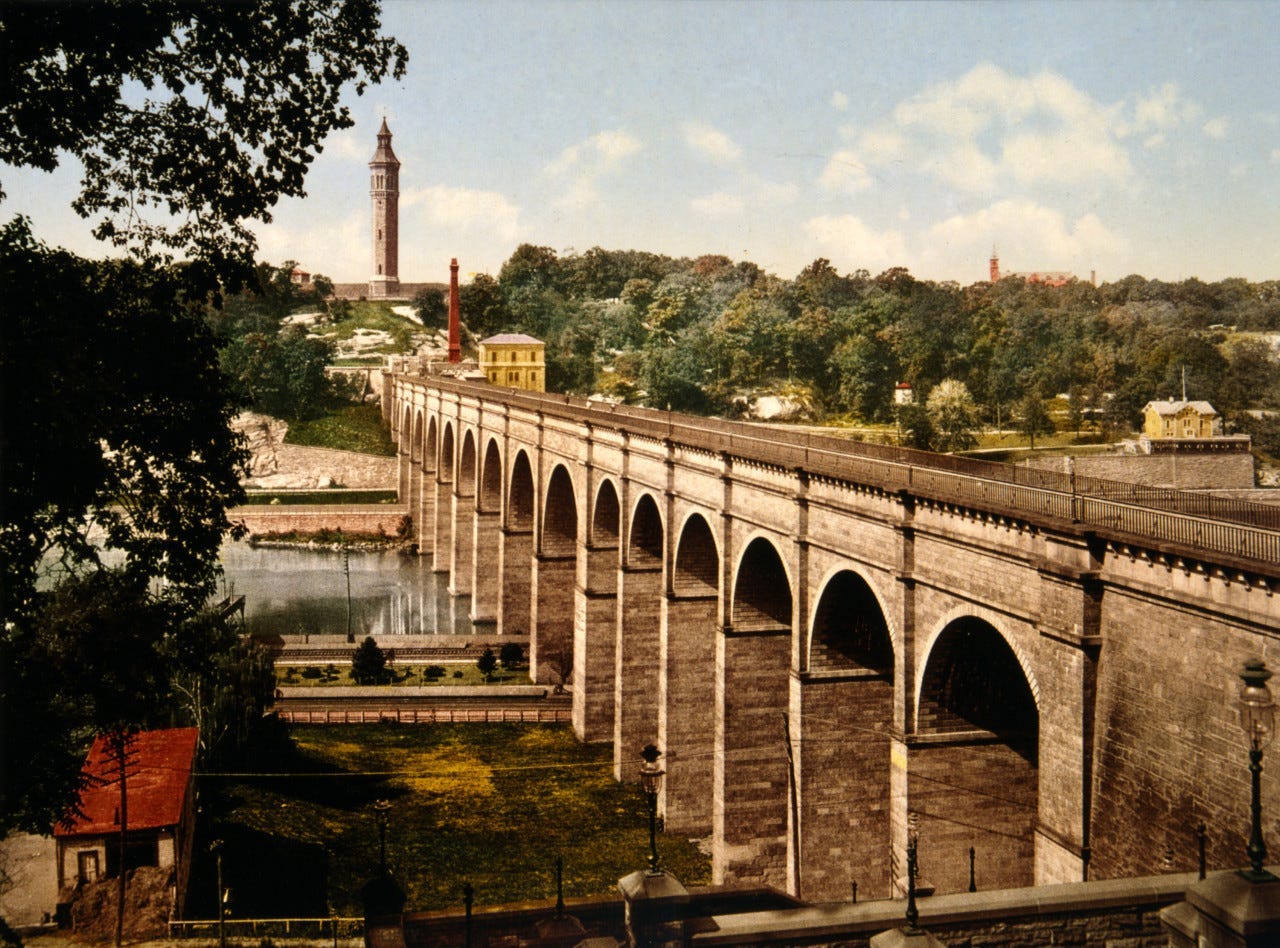Crossing the Bridge
Through horseplay along the Harlem River, threats of ethnic gang clashes, and a Mickey Mantle meltdown, a seventy-year-old New Yorker recalls the Bronx of his youth.
It was very cold. Snow was on the ground from the storm the week before and new flakes were in the air. Very large ice flows, some maybe twenty feet long, were speeding down the river, banging into each other and breaking up. My friends and I talked about how the ice may have come all the way from Canada, at least hundreds, maybe thousands of miles away. Such was the nature of our imagination, as we played downstream from where the Hudson River splits off to create the Harlem River, separating the northernmost tip of Manhattan from the Bronx. I can't remember how old we were—somewhere between eight or eleven, although it is possible some of us were younger, as it wasn't uncommon for little brothers to be in tow.
We gathered coat hangers, broomsticks, pieces of pipe, rope—anything from the rubbish that might help us grab hold of one of these "icebergs," pull it in, hold it against the bank,…
Keep reading with a 7-day free trial
Subscribe to Narratively to keep reading this post and get 7 days of free access to the full post archives.




